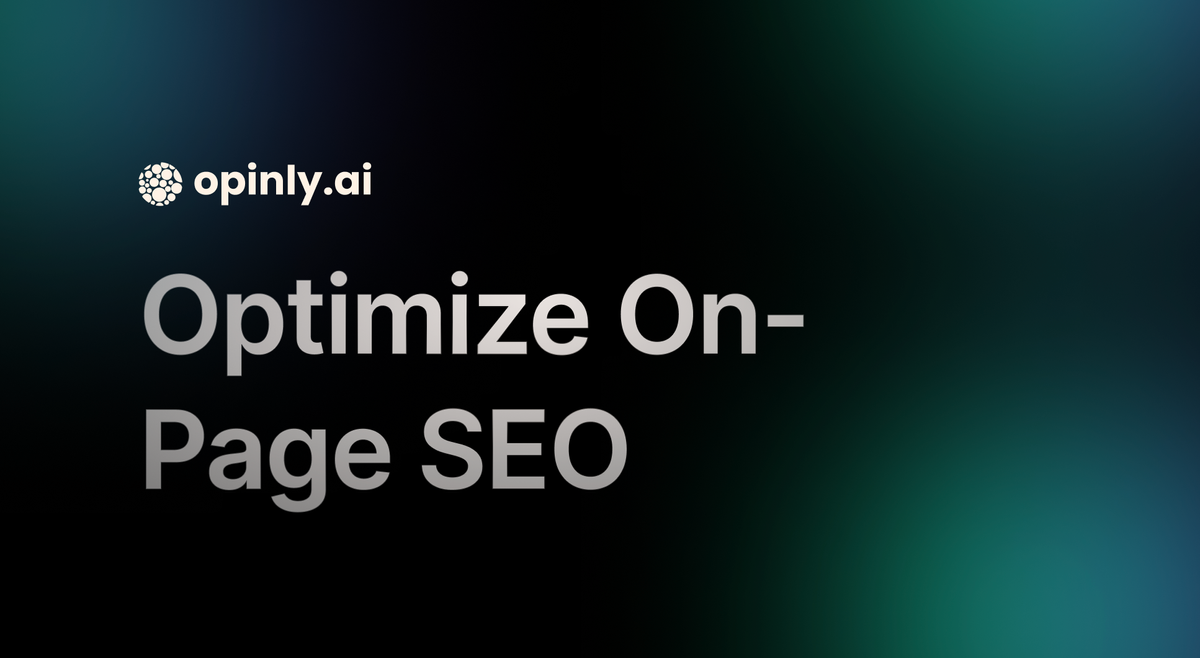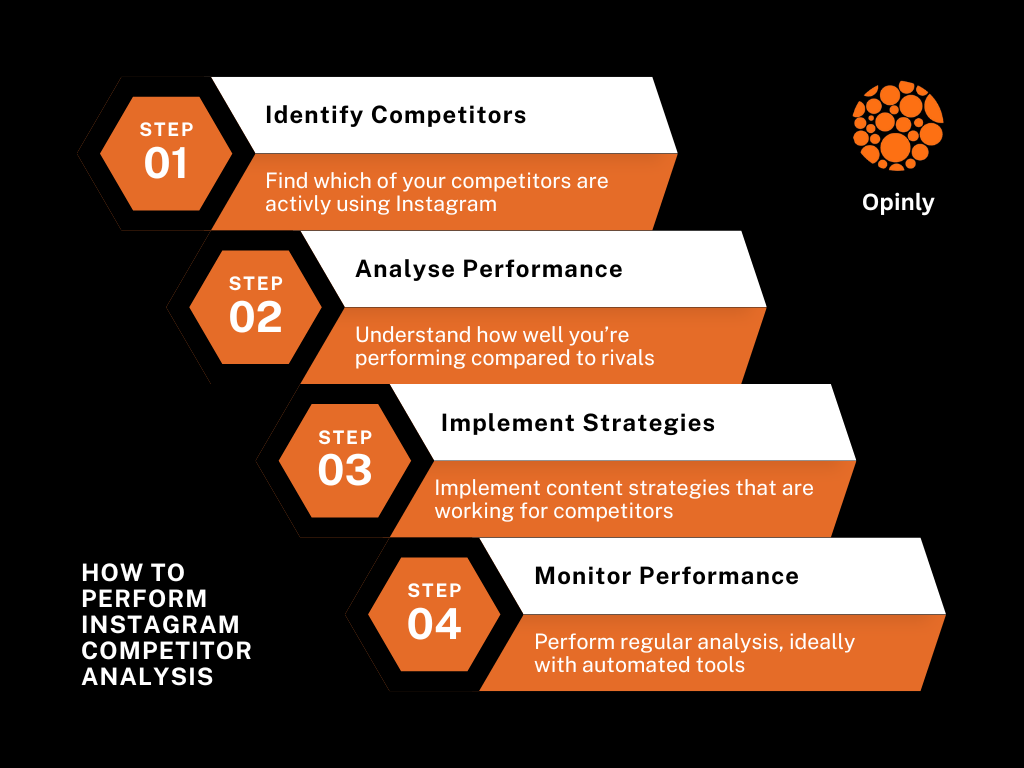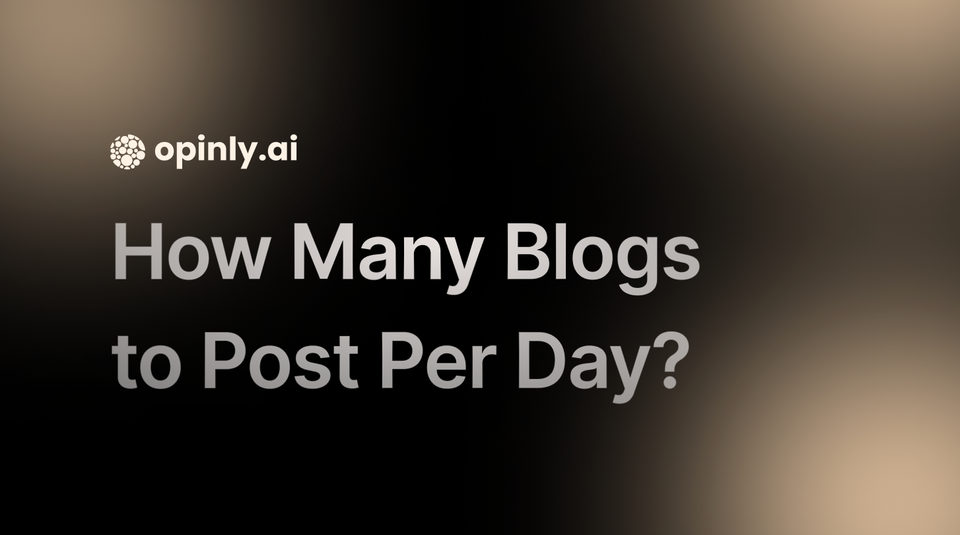Optimize On-Page SEO for Robots and Readers
Optimize on-page SEO for robots and readers with our comprehensive guide. Discover key strategies that balance search engine requirements with user experience to improve rankings and engagement.

In the ever-evolving world of digital marketing, mastering on-page SEO is crucial for anyone who wants to improve website visibility and attract relevant traffic. On-page SEO focuses on optimizing individual web pages to enhance their rankings in search engines while creating a user-friendly experience for readers. In this article, we will delve into key strategies to optimize on-page SEO effectively for both robots (search engine bots) and readers.
Title Tags
Title tags are critical for on-page SEO as they tell search engines and readers what your page is about. Each title tag should be:
- Unique: Ensure every page has a distinct title.
- Keyword-rich: Incorporate relevant keywords naturally.
- Capped at 60 characters: This ensures the entire title is displayed in search results.
Meta Descriptions
Meta descriptions provide a brief summary of your webpage's content. While they don't directly impact SEO rankings, they are essential for enhancing click-through rates. A good meta description should:
- Include targeted keywords.
- Be compelling and succinct, ideally between 150-160 characters.
- Encourage users to click by hinting at the value they will receive.
Proper Use of Headings
Headings (H1, H2, H3, etc.) structure your content and make it more accessible for readers and search engines. Best practices include:
- Use H1 for the main title and ensure it contains the primary keyword.
- Employing H2 for subheadings and other hierarchical levels for organization.
- Maintaining a logical flow, guiding readers through the content effortlessly.
Content Quality
High-quality, relevant content is the backbone of effective on-page SEO. To create valuable content, you should:
- Focus on answering user queries and providing solutions.
- Utilize a conversational tone to engage your audience.
- Aim for a word count that sufficiently covers the topic, ideally over 1,000 words for comprehensive issues.
Strategic Keyword Placement
Keyword placement is vital for on-page SEO. Follow these tips:
- Integrate primary keywords in the first 100 words of the content.
- Sprinkle secondary keywords naturally throughout the text.
- Avoid keyword stuffing; make it feel organic and relevant.
Image Optimization
Images enhance user experience but also need optimization for SEO. Key practices include:
- Adding alt tags that describe the image and include keywords.
- Compressing images to improve page load speed.
- Using descriptive filenames that reflect the image content.
Internal Linking
Internal linking improves navigation and distributes page authority throughout your site. To maximize internal linking:
- Link to relevant pages within your content.
- Use descriptive anchor text that indicates what the linked page is about.
- Ensure links are not overwhelming; focus on quality over quantity.
Mobile Optimization
With a significant amount of web traffic originating from mobile devices, mobile optimization is non-negotiable. Ensure your site:
- It is responsive across various devices and screen sizes.
- Loads quickly on mobile networks to minimize bounce rates.
- Provides an intuitive and seamless user experience.
Page Speed
Page speed is a crucial rank factor for search engines and affects user experience. To optimize loading times:
- Compress images and files.
- Use a Content Delivery Network (CDN) to distribute text and images.
- Minimize HTTP requests and remove unnecessary plugins.
Conclusion
By balancing the needs of search engine algorithms (robots) with user engagement (readers), you can implement effective on-page SEO strategies that drive significant traffic and improve your website's visibility. Implement these practices diligently, and monitor your results for continuous improvement. Stay updated with SEO trends and best practices to maintain your competitive edge in the digital landscape.
Crafting an SEO-optimized site that caters to both robots and readers is not just a task but a journey toward sustained online success. Start optimizing now and watch your traffic soar!




